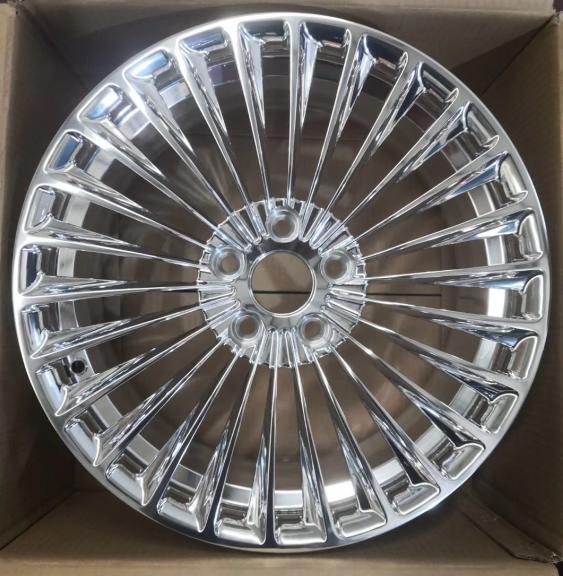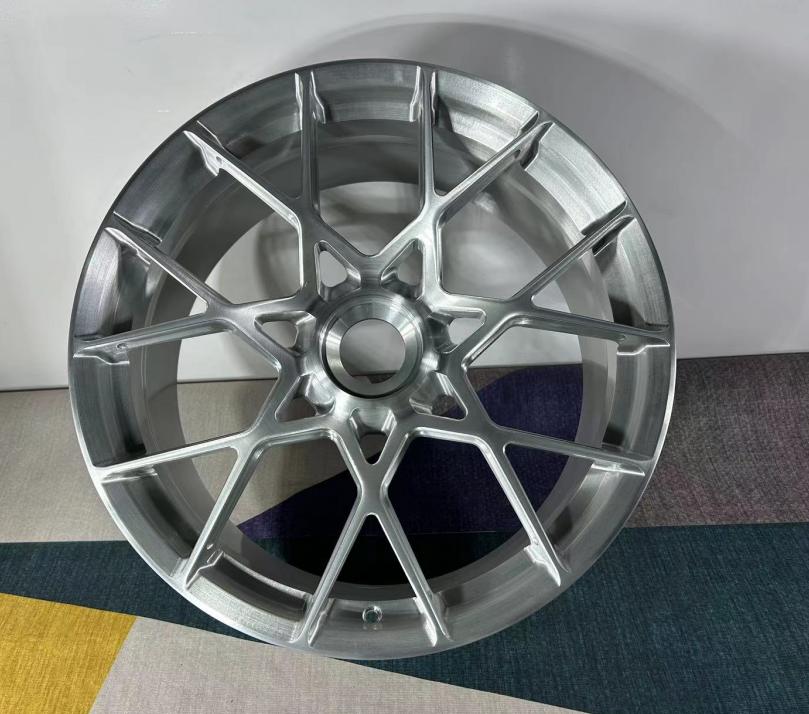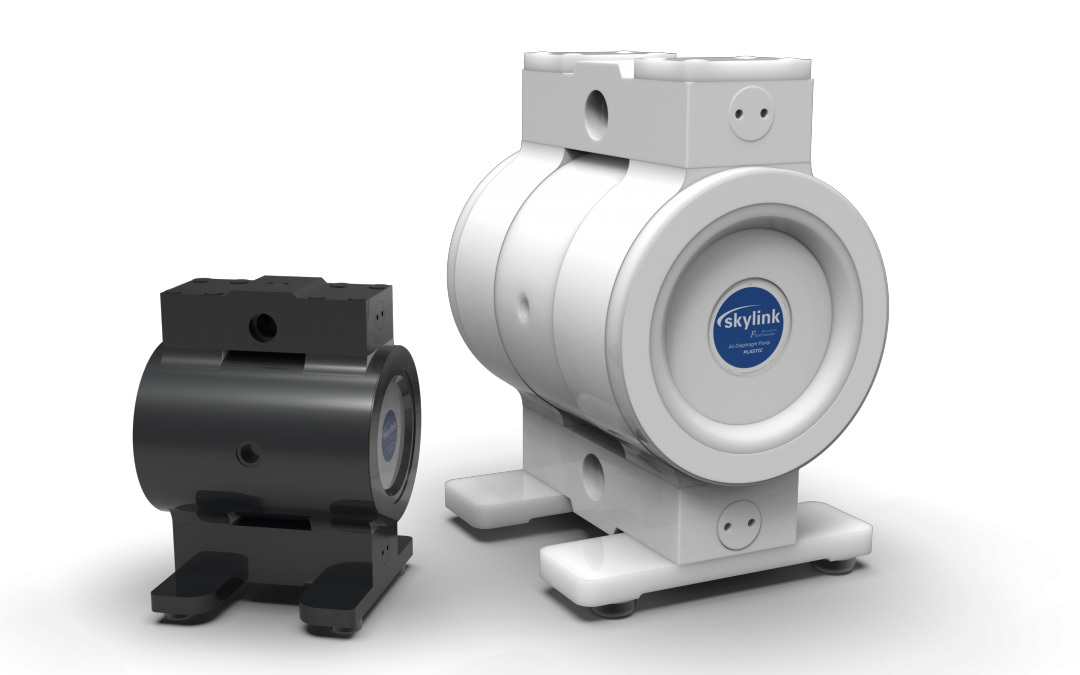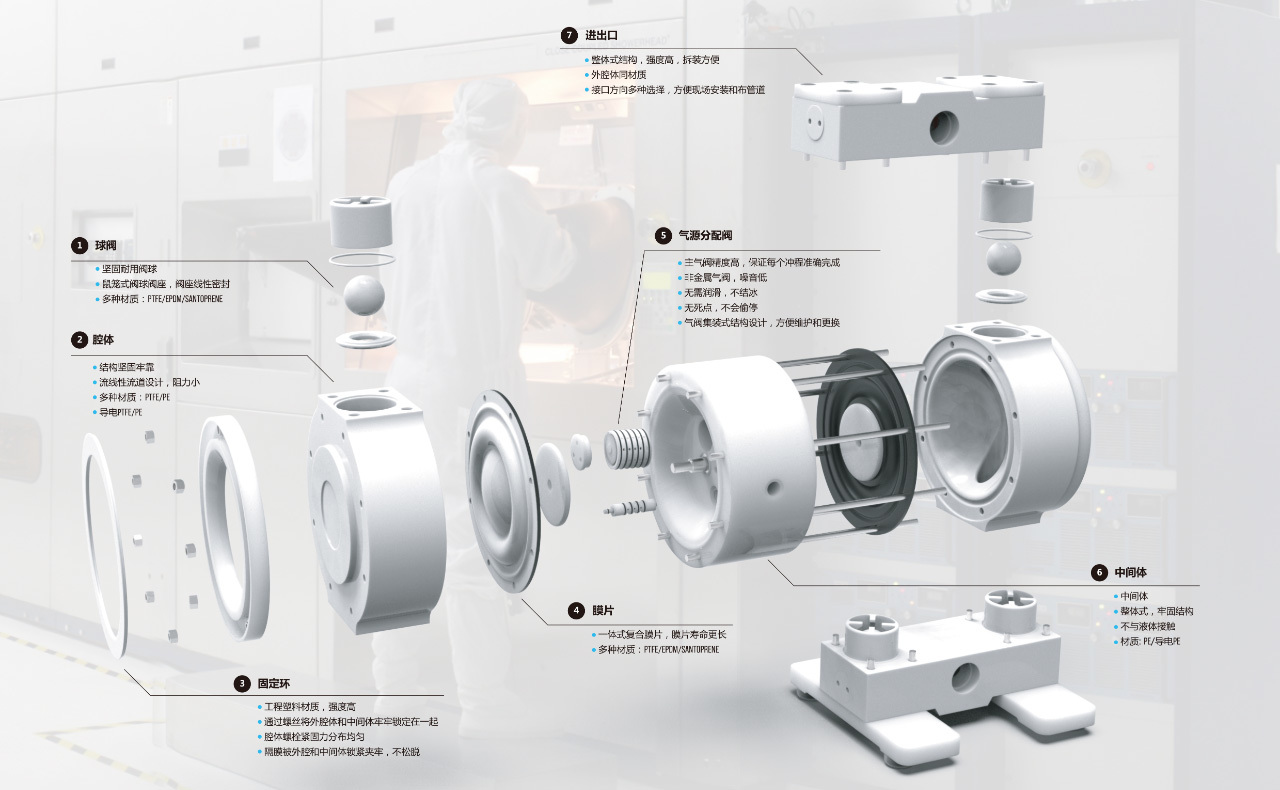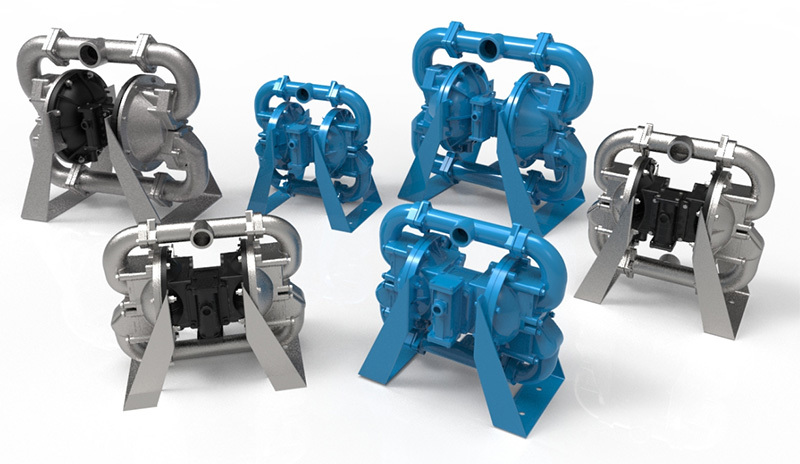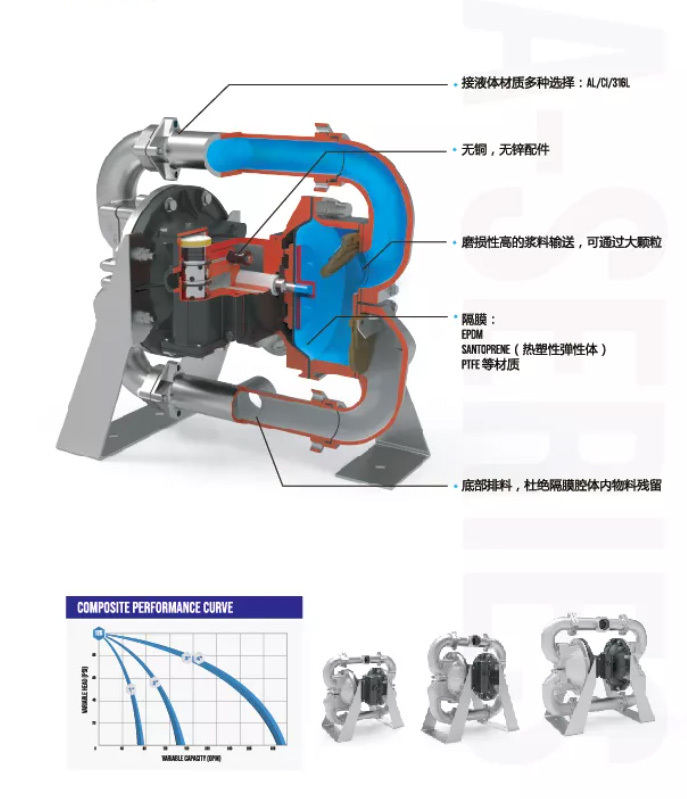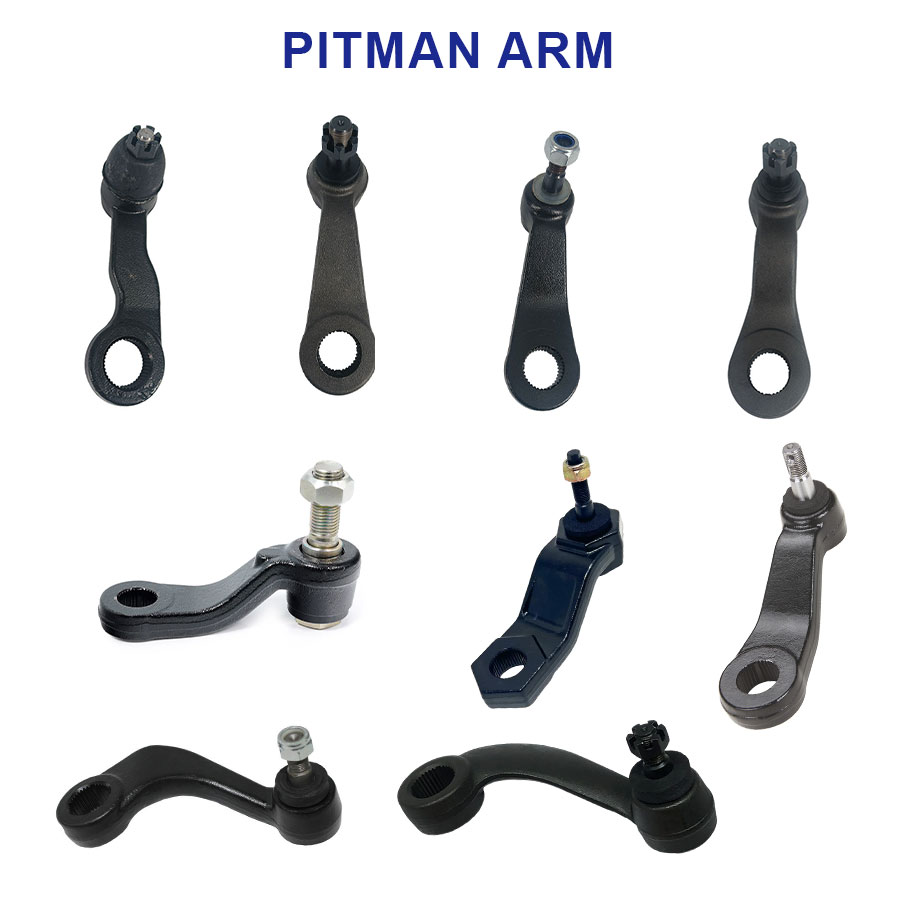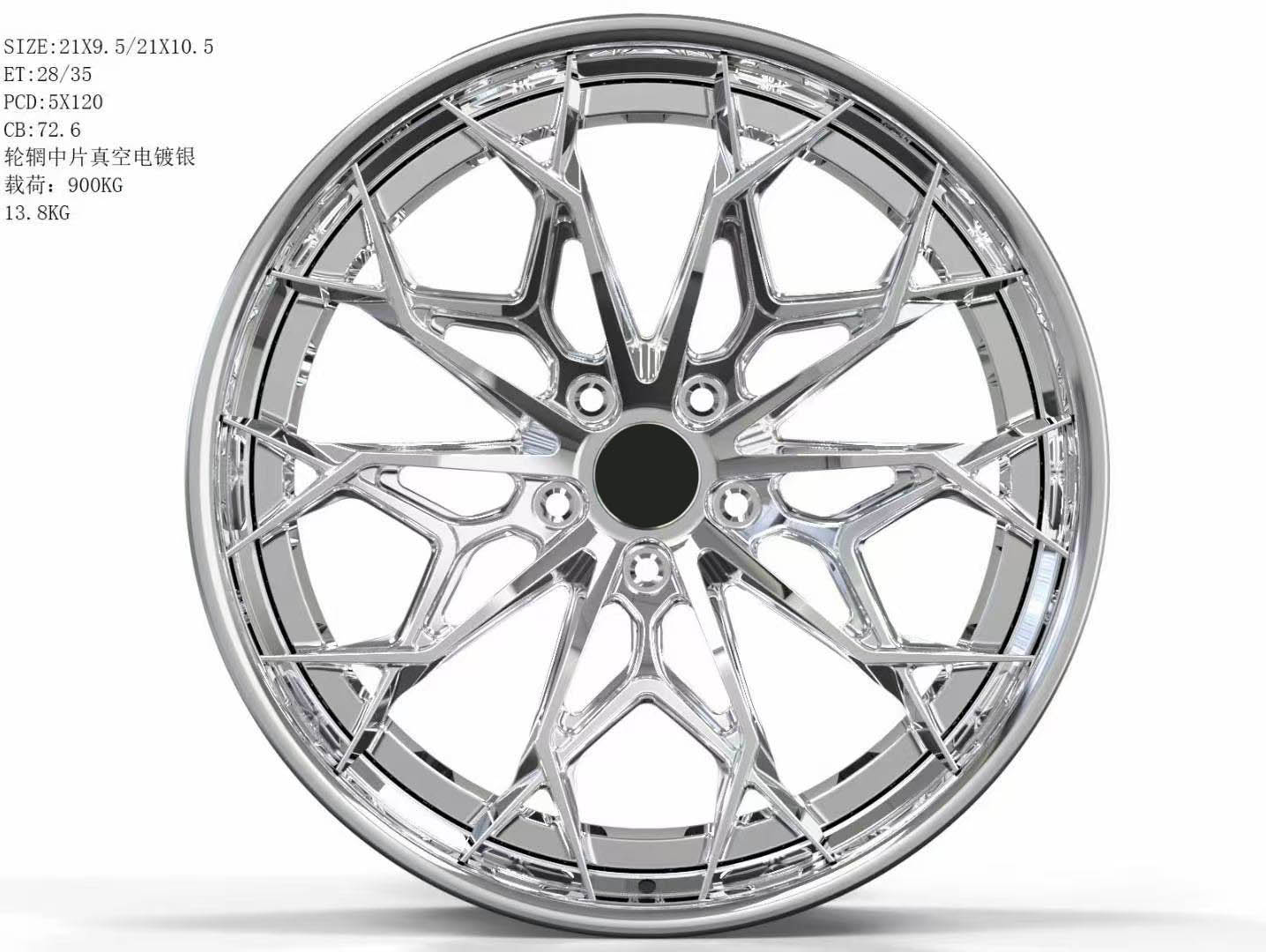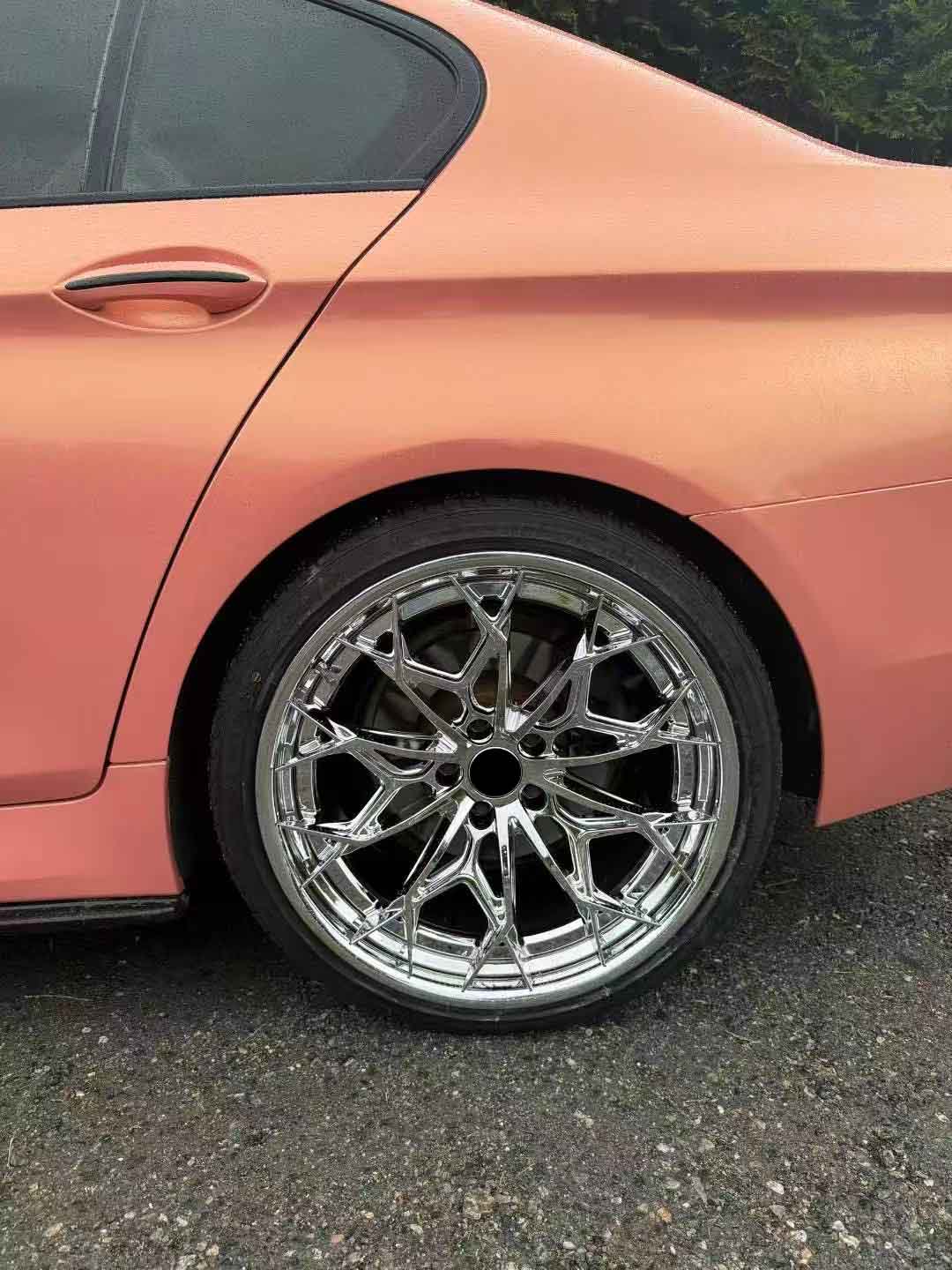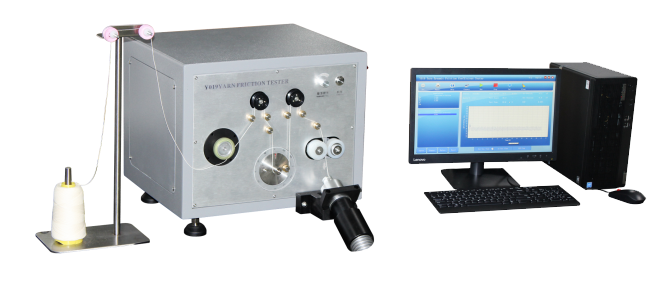Salt is one of the most common compounds in the world and can be found in oceans, the atmosphere, on land surfaces, in lakes, and in rivers. When salt enters tiny droplets in the atmosphere, it forms a salt fog environment whose main component is sodium chloride.
1. What is salt spray testing?
Salt spray testing is used to evaluate the resistance of products or metal materials to salt spray corrosion. The results of salt spray testing are used to determine product quality, and whether the results are correct and reasonable is key to accurately measuring the resistance of products or metals to salt spray corrosion.
2. Classification of Salt Spray Test Methods Artificial simulated salt spray tests include three different test methods with varying requirements.
(1) Neutral Salt Spray Test (NSS Test) is the earliest developed and currently most widely applied accelerated corrosion test method. It uses a 5% sodium chloride saltwater solution with a pH value adjusted to the neutral range (6.5–7.2) as the spray solution. The test temperature is set at 35°C, with a required salt fog deposition rate of 1–2 ml/80 cm/h.
Application scope: metals and alloys, metal coatings, conversion coatings, anodized coatings, and organic coatings on metal substrates.
(2) The Acetic Acid Salt Spray Test (ASS Test) was developed based on the neutral salt spray test. It involves adding some glacial acetic acid to a 5% sodium chloride solution, lowering the solution's pH to around 3, making the solution acidic, and resulting in acidic salt spray instead of neutral salt spray. Its corrosion rate is approximately three times faster than that of the NSS test.
Application scope: decorative coatings of copper + nickel + chromium or nickel + chromium, anodized films on aluminum, and organic coatings.
(3) The Copper-Accelerated Acetic Acid Salt Spray Test (CASS Test) is a newly developed rapid salt spray corrosion test abroad. The test temperature is 50°C, and a small amount of copper salt (copper chloride) is added to the salt solution to strongly induce corrosion. Its corrosion rate is approximately 8 times that of the NSS test.
Application scope: decorative coatings of copper + nickel + chromium or nickel + chromium, anodized aluminum films, and organic coatings.
3. How long is the conversion time between salt spray testing and natural environment exposure?
Based on existing industry standards (theoretical values), the conversion relationship between 24-hour salt spray testing and natural environment exposure is as follows:
Neutral salt spray testing for 24 hours ⇌ 1 year of natural environment exposure
Acetic acid salt spray testing for 24 hours ⇌ 3 years of natural environment exposure
Copper salt accelerated acetic acid salt spray testing for 24 hours ⇌ 8 years of natural environment exposure
There is no uniform standard for salt spray test duration, which should be flexibly selected based on product type, industry standards, and testing objectives. It is primarily divided into three categories:
(1) Short-term testing (24–72 hours)
Purpose: Rapid screening of the basic corrosion resistance of materials or coatings, such as small appliance housings, connectors, etc.
Example: Exposed automotive hardware: 24-hour neutral salt spray test (NSS); Electronic component factory testing: 24–48 hours.
(2) Medium-term testing (72–168 hours)
Purpose: To assess durability in moderate corrosion environments, such as automotive components and outdoor building materials.
Example: Hardware fittings (doors, windows, railings): 96–168 hours; photovoltaic mounting brackets: 72–240 hours.
(3) Long-term testing (over 168 hours)
Purpose: Reliability verification in extreme environments (e.g., marine engineering, aerospace), with durations up to 1,000–2,000 hours.
Examples: Ship components: starting at 500 hours, some exceeding 2,000 hours; aerospace fasteners: 480–1,000 hours of neutral or alternating salt spray testing.
Salt spray test duration is a dynamic parameter that requires flexible design based on product application, environment, and standards. Short-term tests (24 hours) are suitable for production line spot checks, while thousand-hour-level tests serve as the “quality gatekeepers” for marine and aerospace equipment. Reasonable time planning can avoid the cost waste of excessive testing while accurately exposing corrosion protection shortcomings.

Email: hello@utstesters.com
Direct: + 86 152 6060 5085
Tel: +86-596-7686689
Web: www.utstesters.com

